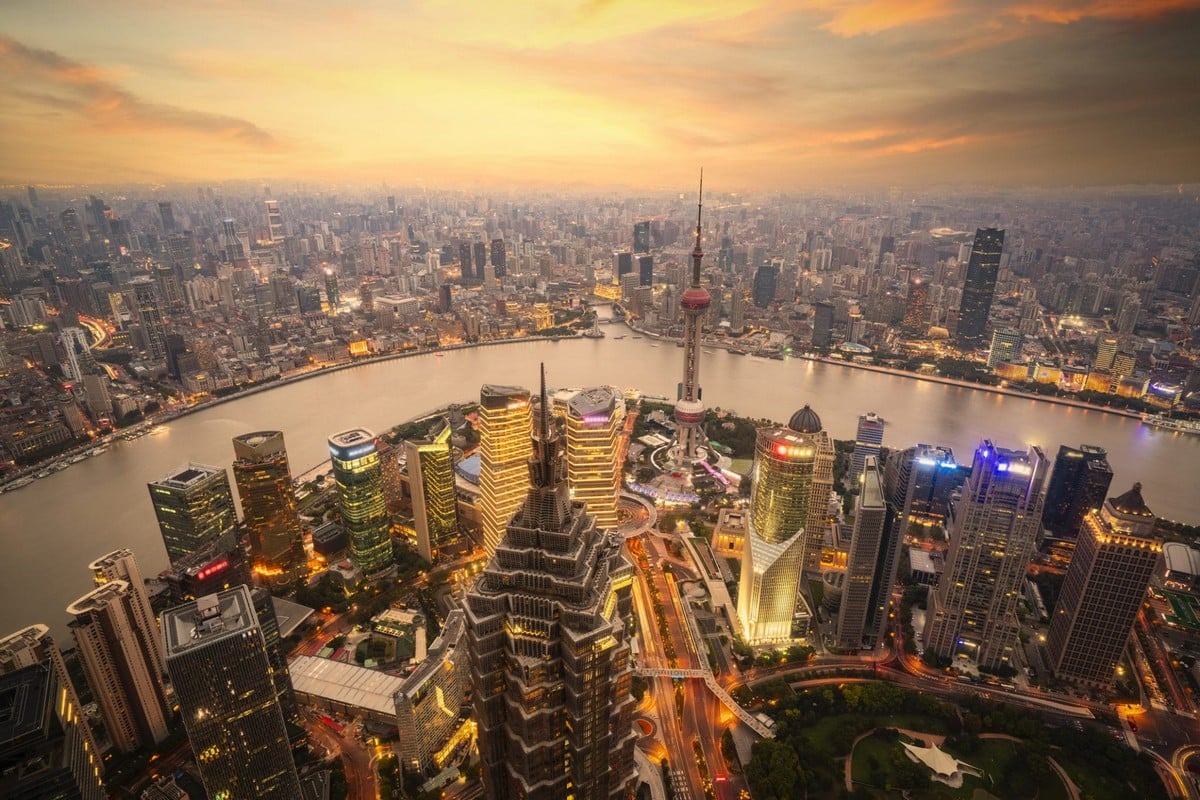China is one of the most impressive countries in the world. Spanning over 3.7 million square miles, it is easily the world’s largest country and home to an incredible 1.4 billion people, making it the world’s most populous. With contrasting topography from wintery snowscapes in its north to tropical monsoon rain forests in its south, China has something for everyone. Moreover, its vast landmass lies firmly on all corners of the Earth, giving it an astonishing diversity in ecosystem and culture no other country can match.
China is known for its impressive architectural achievements and glorious history of inventions, from paper to silk and gunpowder. Tourists flock to China to indulge in its delectable cuisine and unique approach to martial arts. It is a modern wonderland and a time capsule that surprises visitors with its grandeur.
Kung Fu, an Art that Develops the Body, Mind, and Soul

Kung Fu is undeniably one of the most integral aspects of Chinese culture, offering a fascinating glimpse into its history. From the period of the Yellow Emperor to the present day, it has had a remarkable journey, starting as a form of defense among Buddhist monks before taking on an entirely new dimension in popular media. Kung Fu has garnered worldwide recognition and respect due to its countless iconic practitioners, such as Bruce Lee and Yip Man, alongside well-known film stars like Jackie Chan, all helping to propel it beyond its homeland and make it known throughout the world.
The World’s Most Popular Cuisine
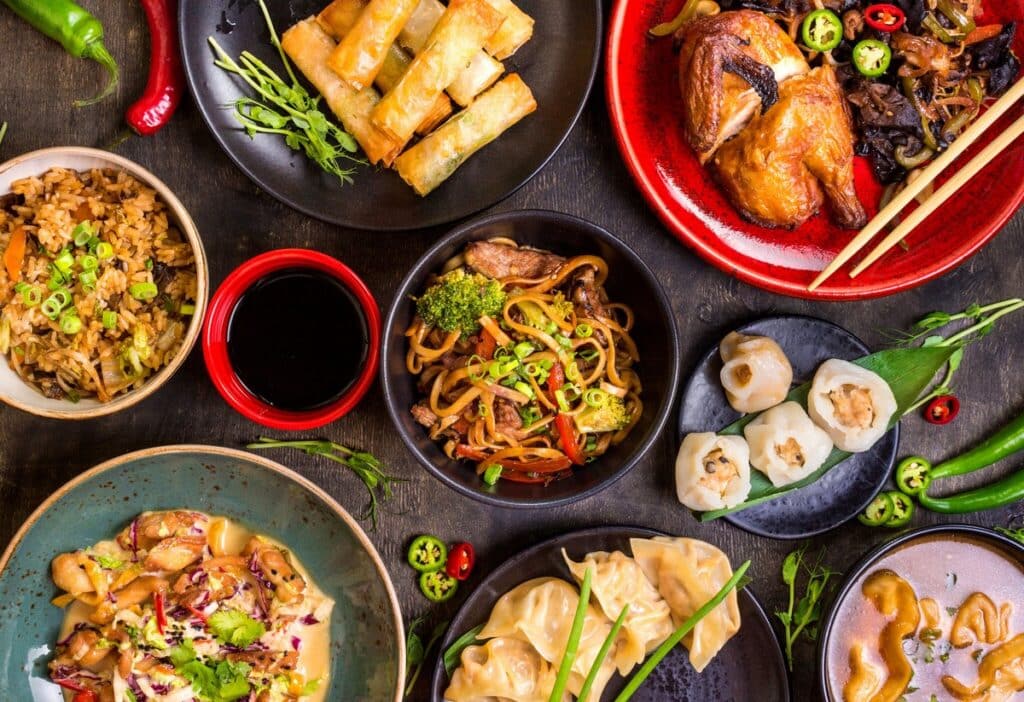
China offers a bounty of great food that is tasty, diverse, and full of flavor. It takes second place as the most popular national cuisine worldwide and varies from region to region. For example, Cantonese-style cooking has well-known staples like beef chow fun and sweet and sour pork. In Szechuan cuisine, you will find flavors packed with red chili oil and spices in hearty dishes such as chili pork and Kung Pao chicken. Although these may sound exotic to outsiders, many locals delight in this expansive repertoire of amazing dishes.
Eight Wonder of the World
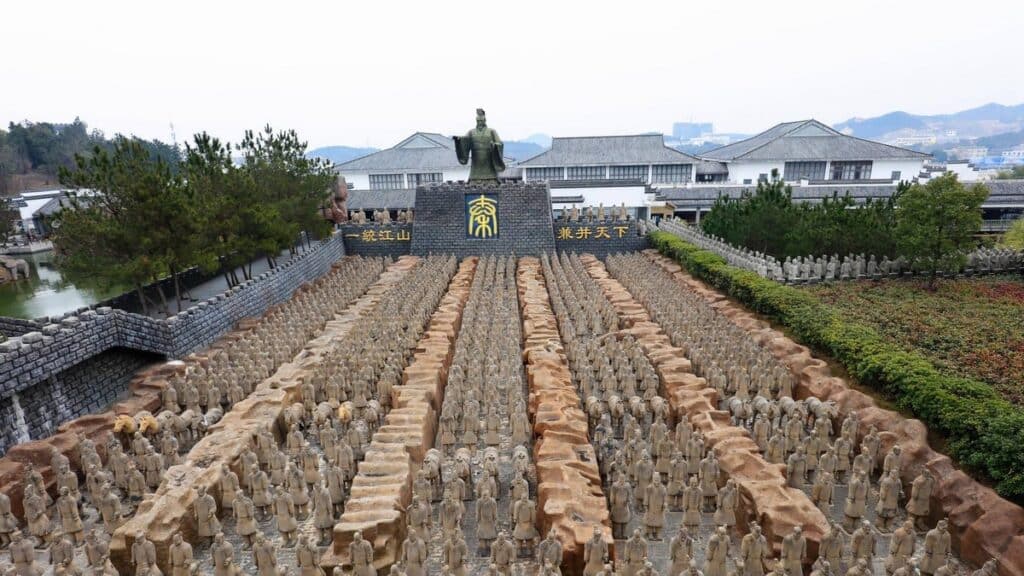
The magnificent Terracotta Warriors of Xi’an date back to 210-209 BCE when Emperor Qin Shi Huang constructed them to protect him in his afterlife. These clay warriors, weapons, horses, and chariots didn’t come to light until 1974, when a group of local farmers stumbled upon the three pits containing them. The site soon became one of China’s most popular attractions, giving visitors a unique glimpse of this stunning archaeological discovery. With over 7,000 life-size statues remaining, visiting the terracotta warriors is an unforgettable experience.
The Great Wall of China
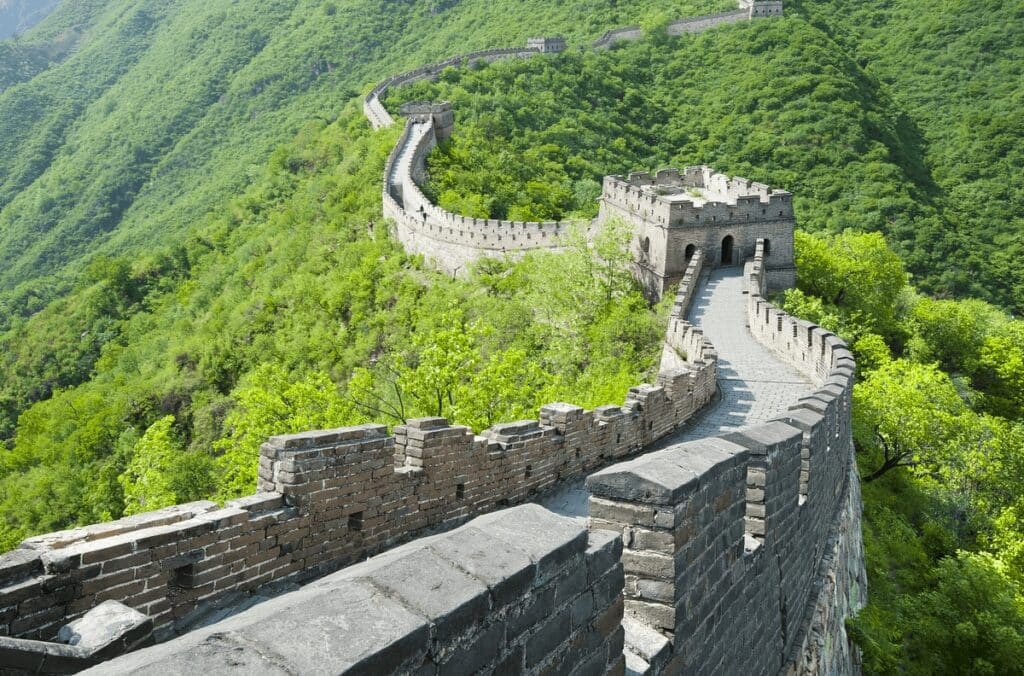
The Great Wall of China is arguably the world’s most recognizable and popular attraction, appearing on virtually every list of China’s must-see sites. This massive wall was constructed in 220 BC to serve as a defensive structure against nomadic invaders from the North. However, in 1644, Manchu forces breached the wall and toppled the Ming Dynasty. Today, its impressive length of 21,196 kilometers attracts countless visitors, though only parts have been restored and remain open to travelers.
The World’s Largest Population
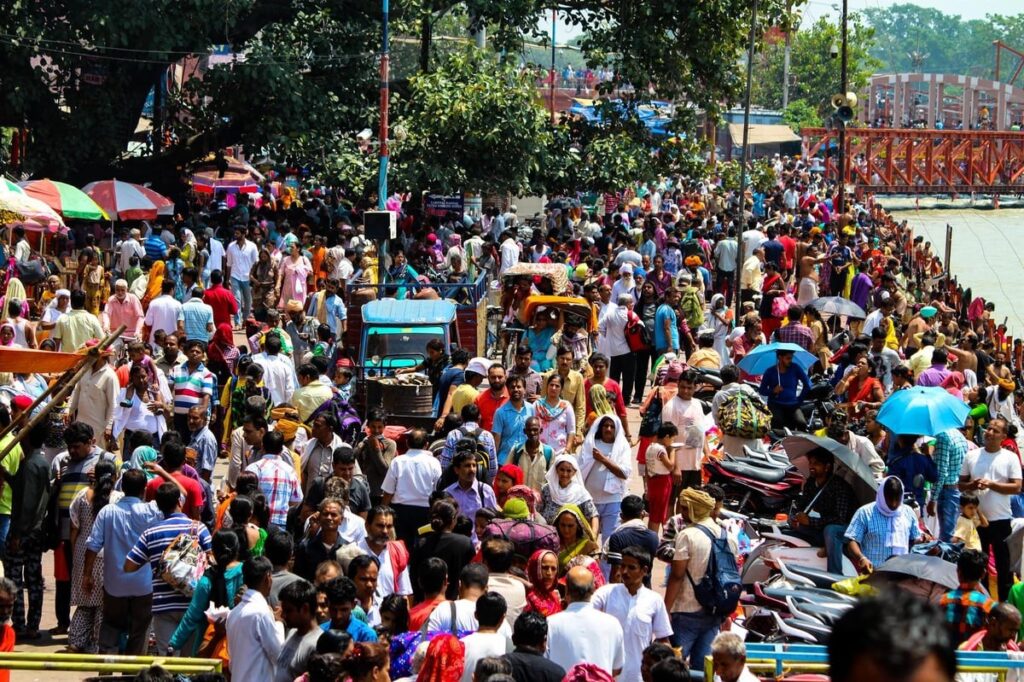
The current population of China stands at 1.426 billion, making it the most populated nation in the world. Historically, China’s population increased exponentially after World War II in 1949. Chinese families were encouraged to have large families to increase the country’s economic and military strength. After a few decades, the Chinese government established a strict one-child policy. Following new economic opportunities and increased living standards, the regulation was relaxed in 2016, permitting families to have two children.
China Spawned the Longest Ancient Trade Route
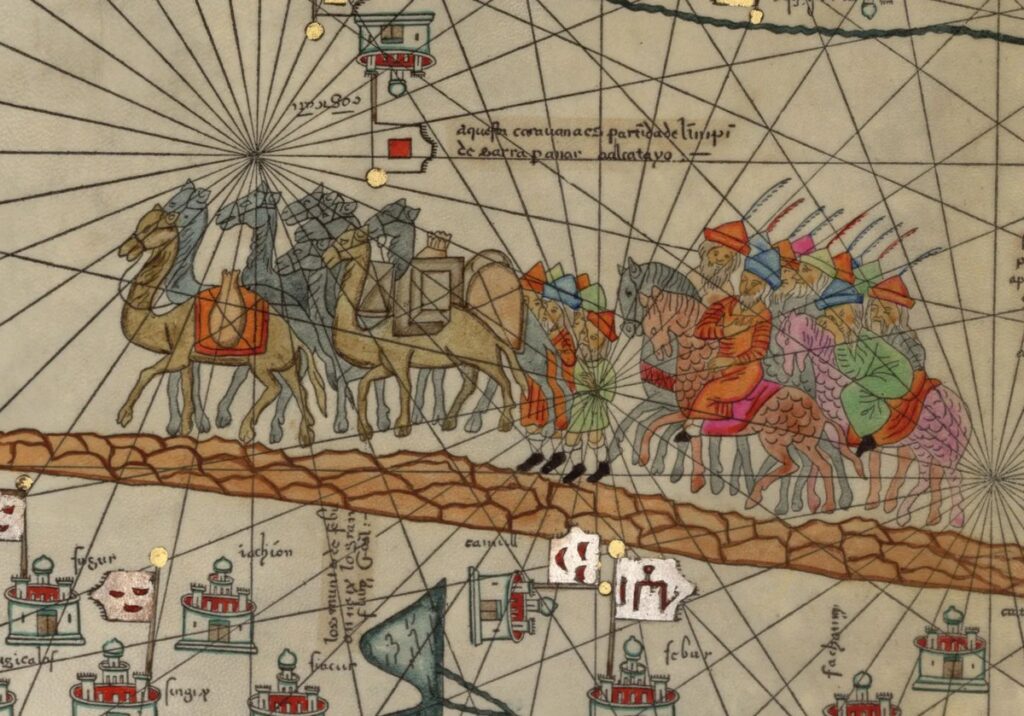
Silk has held a special place in the annals of Chinese history since ancient times. With its unique texture and shimmer, silk was kept a guarded national secret, with Europeans going to immense lengths to discover its source. This made it an extremely valuable commodity, with traders using the Silk Road to transport it from one end of Eurasia to another. The Chinese monopoly over silk only ended when bold monks spirited silkworms away from China in bamboo staffs.
The Cradle of Chinese Civilization
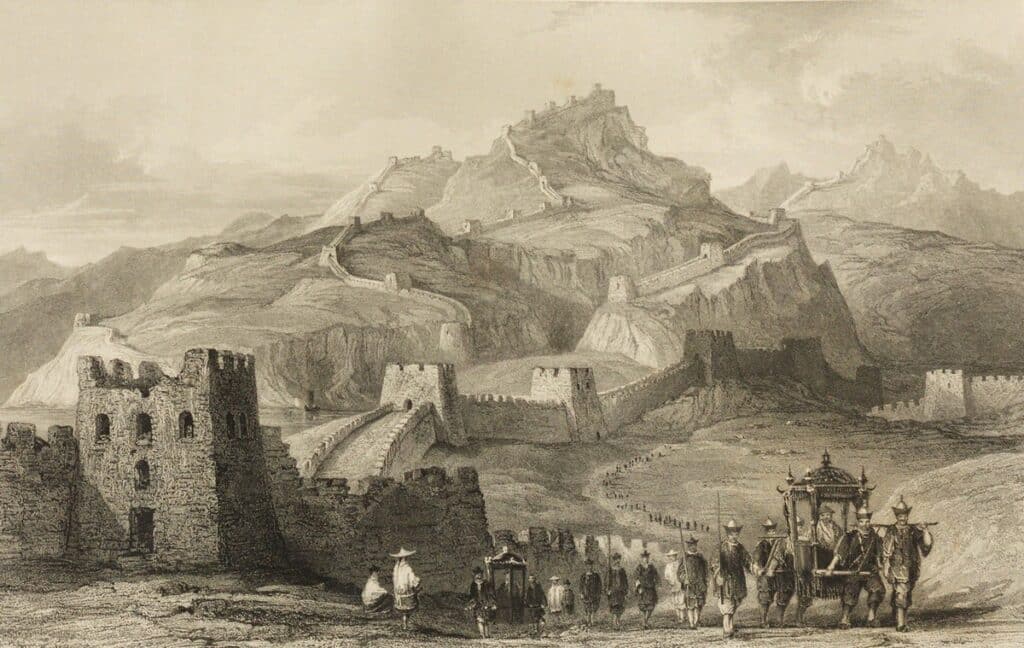
The Yellow River holds a special place in Chinese history and culture. It has been affectionately referred to as “The Mother of China” due to its importance in supplying water and nutrients supporting the country’s early agricultural development. This mighty river is one of China’s longest and most important rivers, stretching over 5,700 kilometers from the mountains to the delta. It carries high levels of silt and iron that give it its characteristic yellow hue.
The Rarest Member of the Bear Family is in China
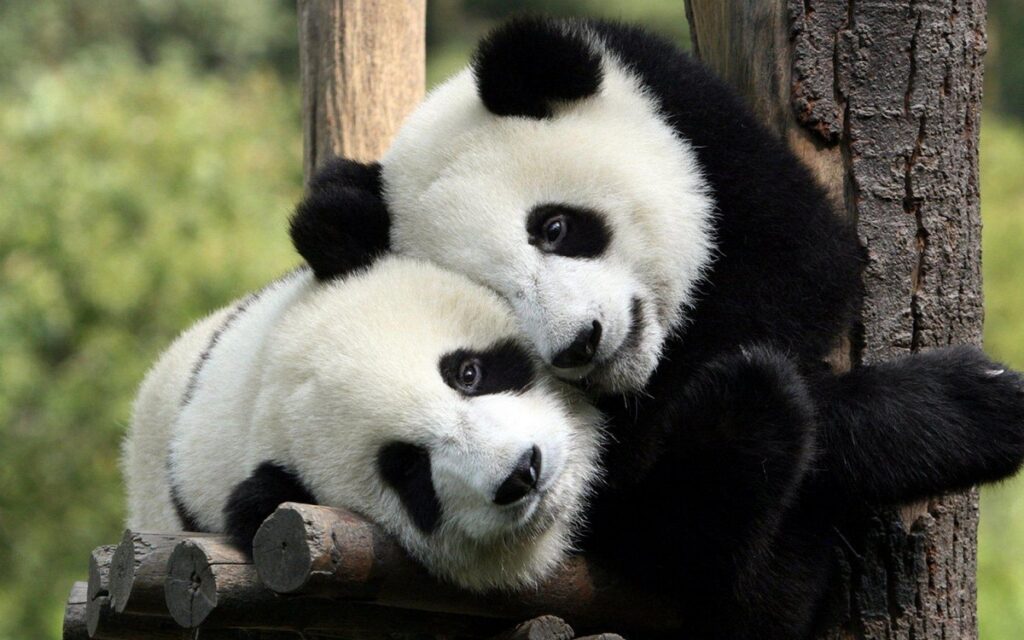
Giant pandas are China’s beloved national treasure and an iconic image of the country. Unfortunately, they are one of the most endangered species in the world, with a population far below 2,000. If you make a trip to the mountainous region of southwest China, comprising Szechuan, Gansu, and Shaanxi provinces, you can spot this endangered species. Tourists can also visit the Chengdu Research Base of Giant Panda Breeding, where they can get up close and personal with these adorable creatures.
Confucianism, the Most Influential Religious Philosophies in China
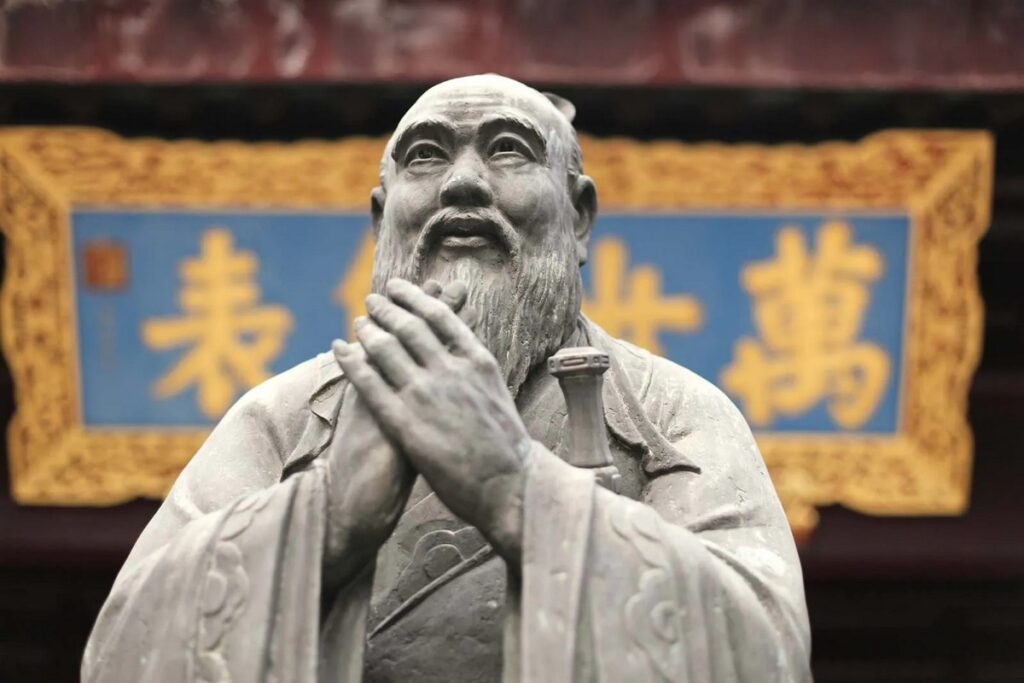
Confucianism is considered one of the most influential philosophies in Chinese culture and has existed for more than two-and-a-half millennia. Its beliefs are focused on inner virtue, morality, and respect for the community and nature. The founder of this philosophical system was a great leader, teacher, philosopher, and thinker named Confucius, who lived from 551 to 479 BCE. His students wrote down his teachings in “The Analects of Confucius,” or “Lun Yu,” which are still referred to today as a source of traditional Chinese cultural values and practices.
The Greatest Inventions are from China
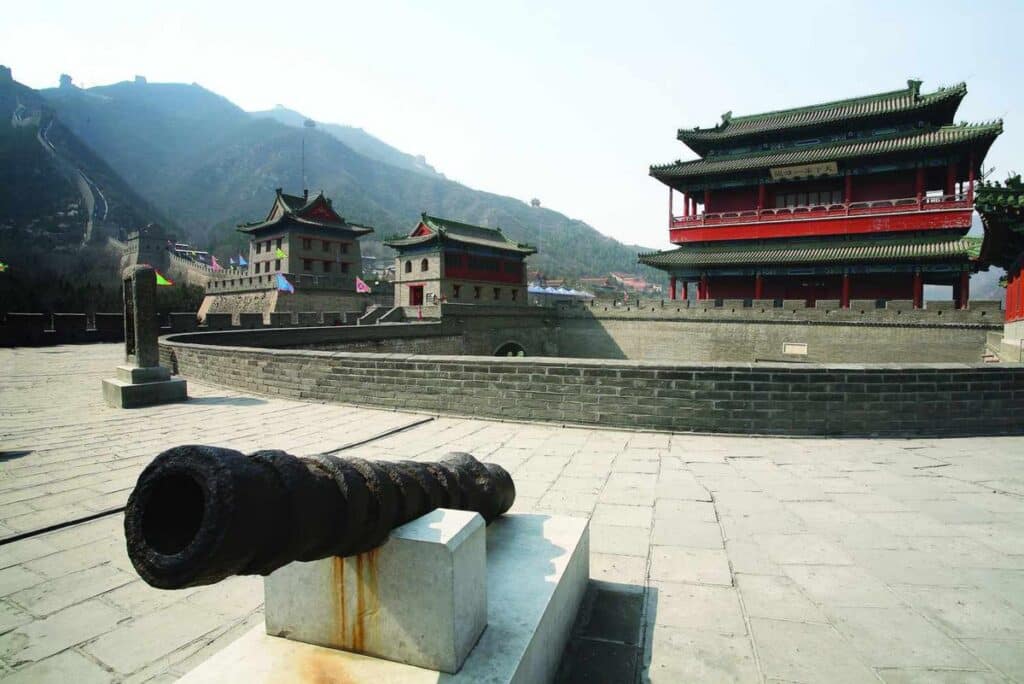
China has a long-standing history of innovation and invention, from the compass, printing press, and papermaking to gunpowder. It comes second after the United States in terms of innovation in science and technology discoveries. Ancient China pioneered many technologies, making it difficult for anyone to ignore its revolutionary achievements. Stepping into our modern age, China leads the new wave of advancements with pioneering technologies like the first qualified robot doctor globally and the world’s first passenger drone. Even more impressive is their refined operational drone delivery program and an artificial sun, all testament to their ongoing commitment to scientific progress.
The Forbidden City, the World’s Largest Imperial Palace
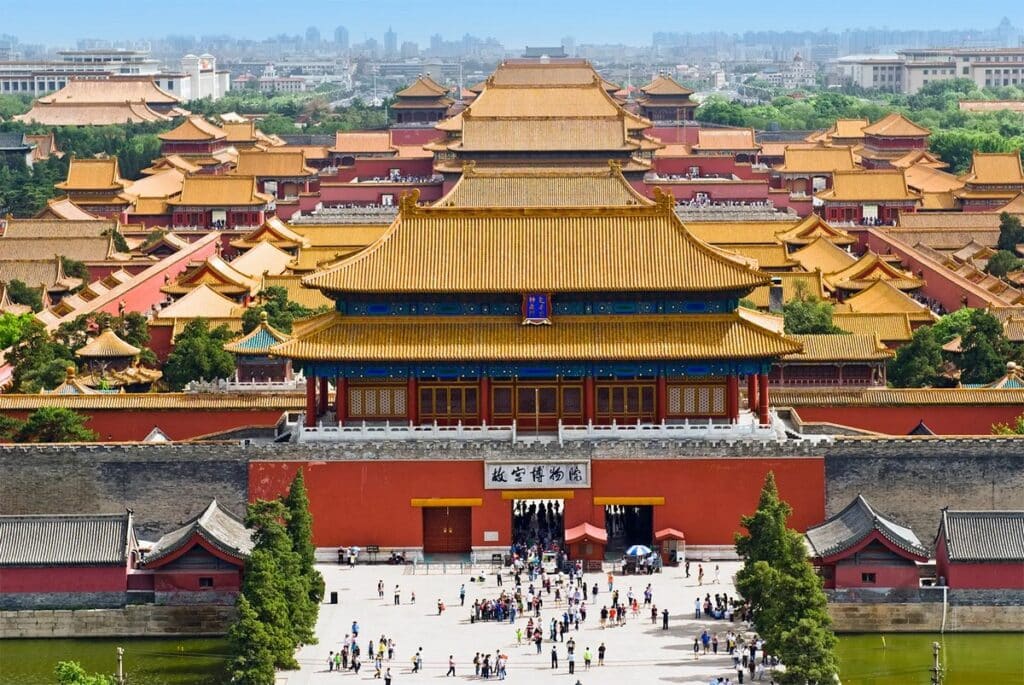
The Forbidden City, situated in Beijing and constructed during the reign of the Ming dynasty, stands proud as a monument of China’s imperial past and one of the greatest palace complexes in the world. This ensemble of 980 buildings greets visitors with its imposing presence as they approach Tiananmen Square. Visitors can imagine walking right into Chinese history, appreciating intricate details like gold-gilded roofs and five enormous gates advocating stability, prosperity, longevity, virtue, and harmony.
Fastest Growing Economy
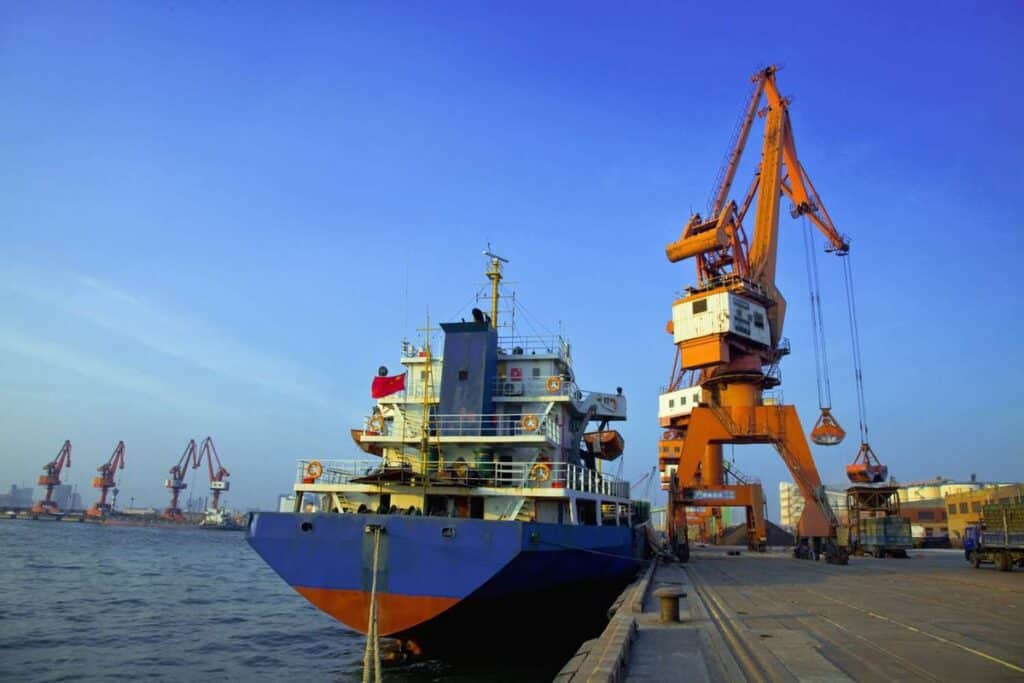
It is no secret that China’s economy has undergone a dramatic transformation since it implemented economic reforms in 1978. This transformation has enabled it to become one of the most powerful economies in the world, and it is believed that it will eventually overtake the United States as the largest in the world. It has done this largely by taking advantage of its large workforce and low costs to become a major manufacturer, leading to the “Made in China” label becoming one of the most recognizable labels on products worldwide.
The People’s Liberation Army
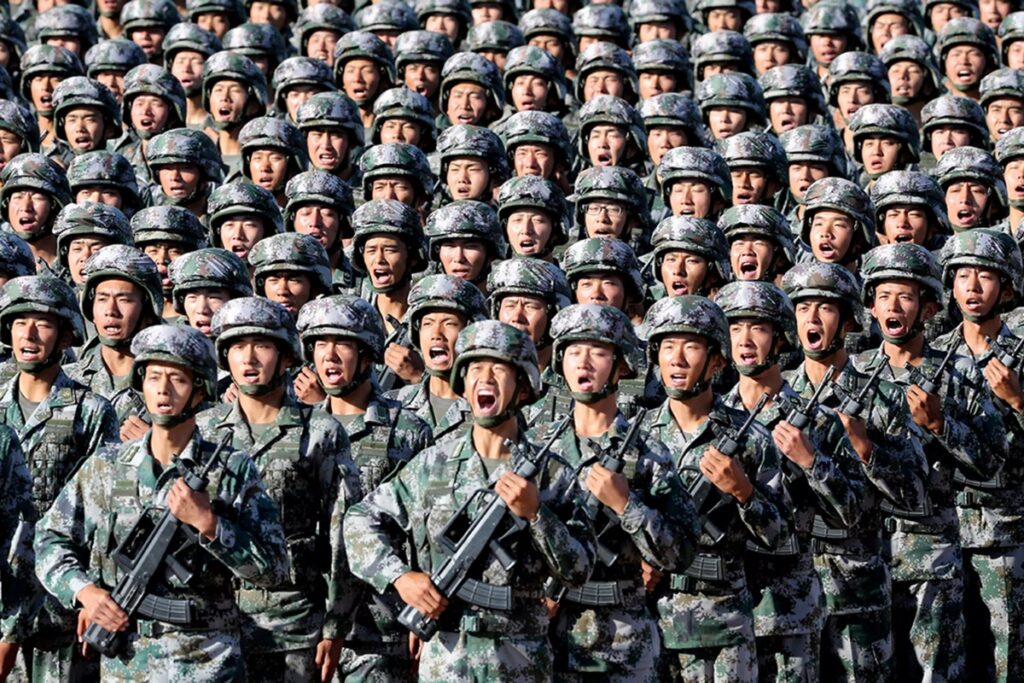
With a long history of war and turmoil, China has long been a beacon of strength and resilience in East Asia. The People’s Liberation Army (PLA) is the largest army on the planet, boasting over two million active personnel. Established in 1927 at the behest of Mao Zedong, it was known then as the Chinese Red Army. Today, it serves as a deterrent against foreign involvement in Chinese affairs and to maintain domestic stability. As technological advances continue to shape warfare, so has the PLA seen modernizations within its ranks, dispensing outdated weapons systems and embracing cutting-edge technologies across multiple disciplines.
World’s Third Longest River that Flows Entirely Within One Country
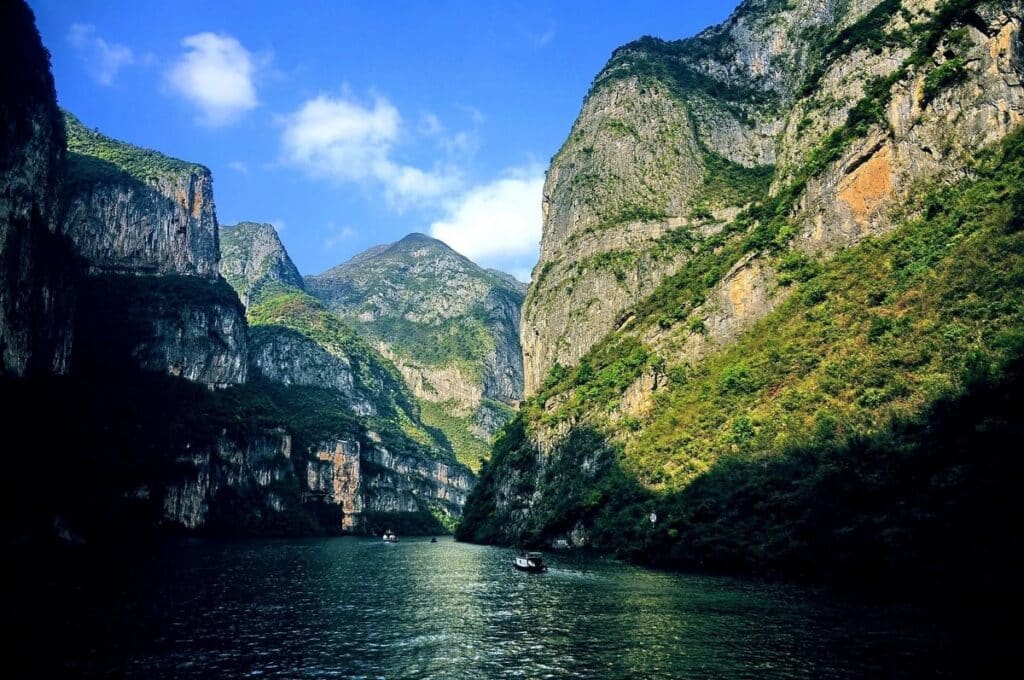
The Yangtze River is a marvelous tourist attraction in China, attracting visitors from around the world. At 3,900 miles long, it is the longest river in Asia and the third-longest in the world, flowing across all of China before reaching its mouth in the East China Sea near Shanghai. Along its banks lie some of the country’s rarest animals, such as the Chinese River Alligator, porpoises, and Chinese paddlefish. One of Yangtze’s most renowned areas is the Three Gorges Scenic Area, leading to the world’s largest hydroelectric power plant.
The Gobi Desert, the Largest Desert in Asia
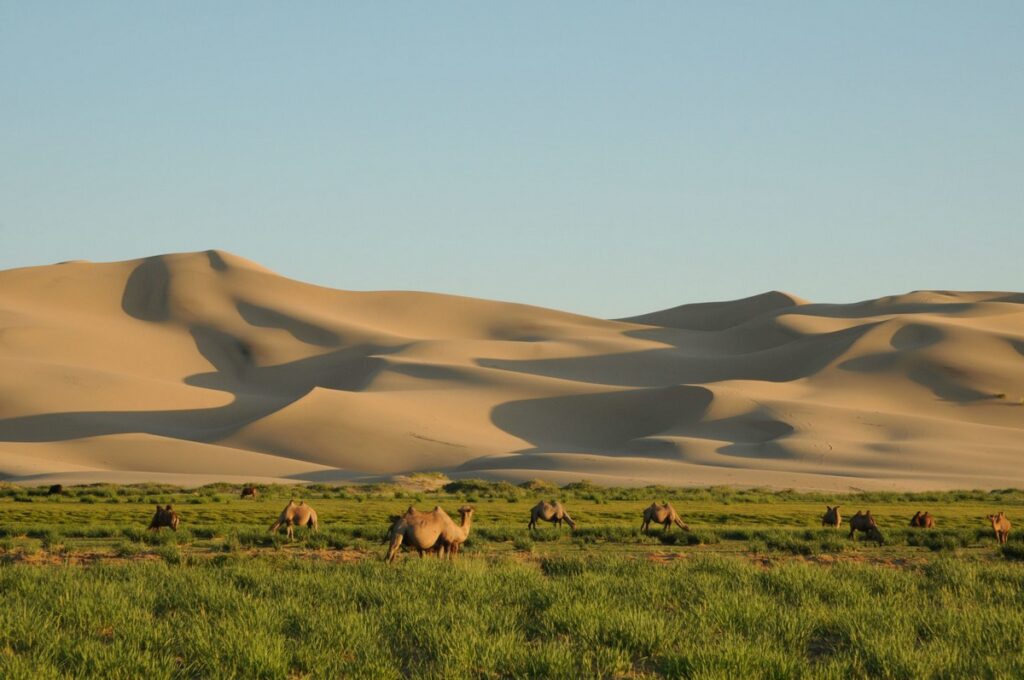
The Gobi Desert is one of the most iconic landscapes in the world. As China’s largest desert, it played an important role on the Silk Road, linking Asia to Europe and the West centuries ago. Caravaners who ventured into its vastness often relied upon expert guides to steer them through its changing terrain and help to avoid the dangers hidden by shifting dunes. Local lore speaks of spirit-filled wind that whistles through the desert, creating eerie sounds that chill even seasoned travelers. Today, this desert is where adventurers come to take part in extreme marathons.
One of the Most Beautiful Geological Wonders of China
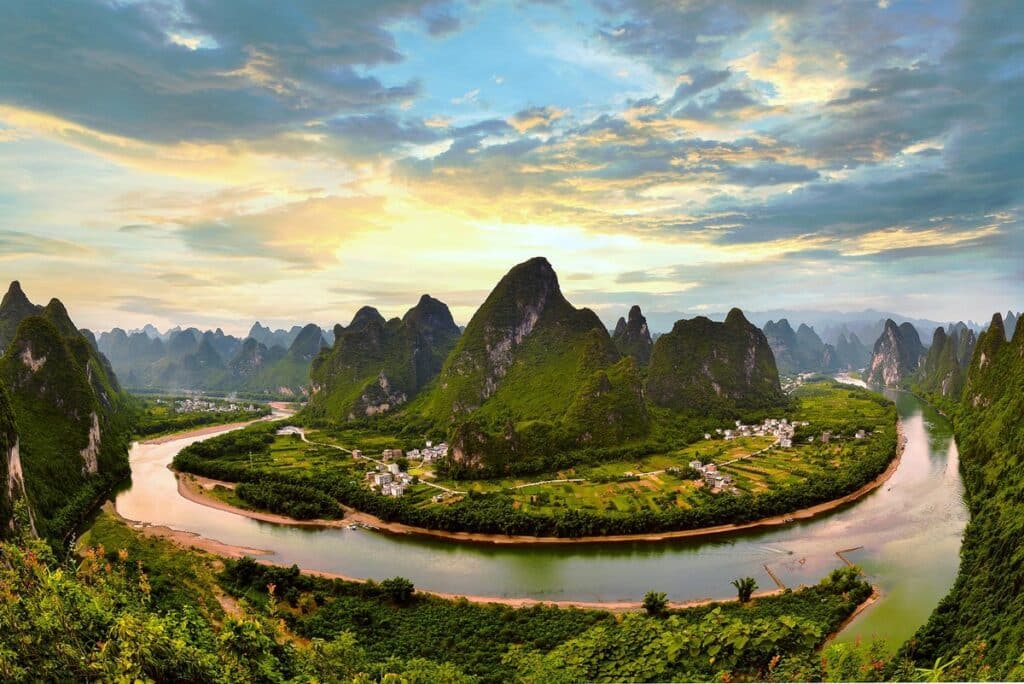
Zhangye Danxia National Park, located in Gansu Province, is renowned for its beautiful and colorful collection of mountains. These rainbow mountains stand out boldly against the parkland’s vast deserts, rivers and rolling grasslands due to their distinctive tones of green, red, yellow, and blue. What sets these mountains apart from others is that they are composed mainly of oxidized mineral sandstone. The variety of metals within this sandstone mix has contributed to their distinctive hue gradations. The park has set up several viewing platforms so that visitors can enjoy an unparalleled view of this unique landscape.
The Ancient Art and Science of Geomancy Started in China
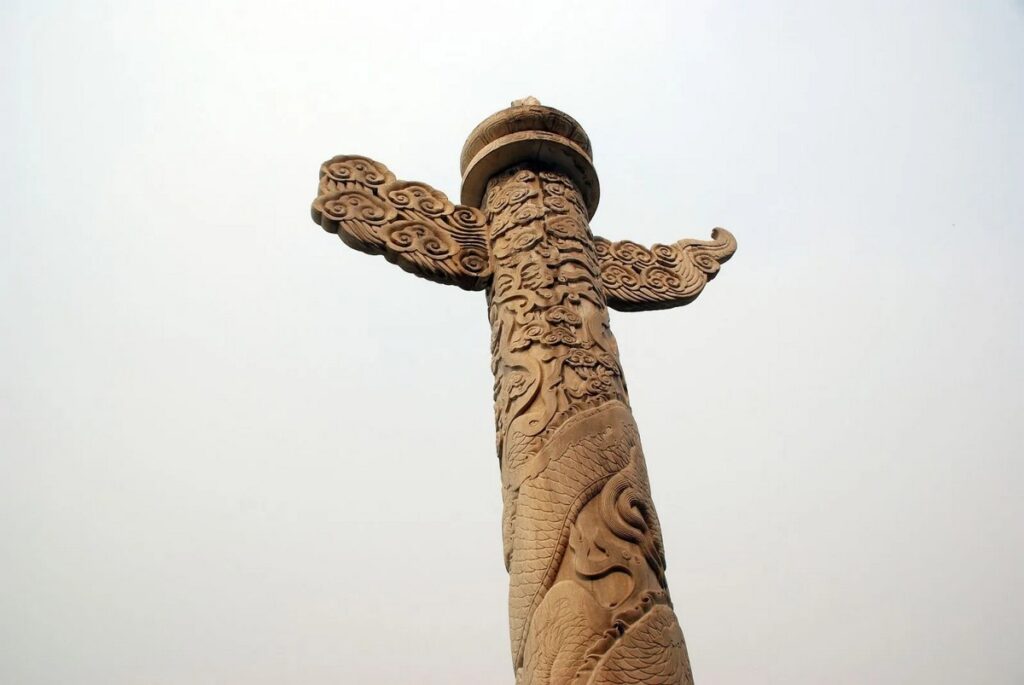
The art of feng shui dates back centuries and is based on Taoist principles that advocate harmonizing everything in nature. It may now be seen as a strange way to arrange furniture. It was created to help people create structures like tombs and monuments in a specific way that would supposedly ward off evil spirits and create a positive flow of energy, or ‘Qi.’ Its implementation also involves intricate rules based on the balancing of yin and yang, astrological alignments, and more, creating a complex system of metaphysics that many struggle to comprehend in detail.
Chopsticks Were Invented 6,000 Years Ago
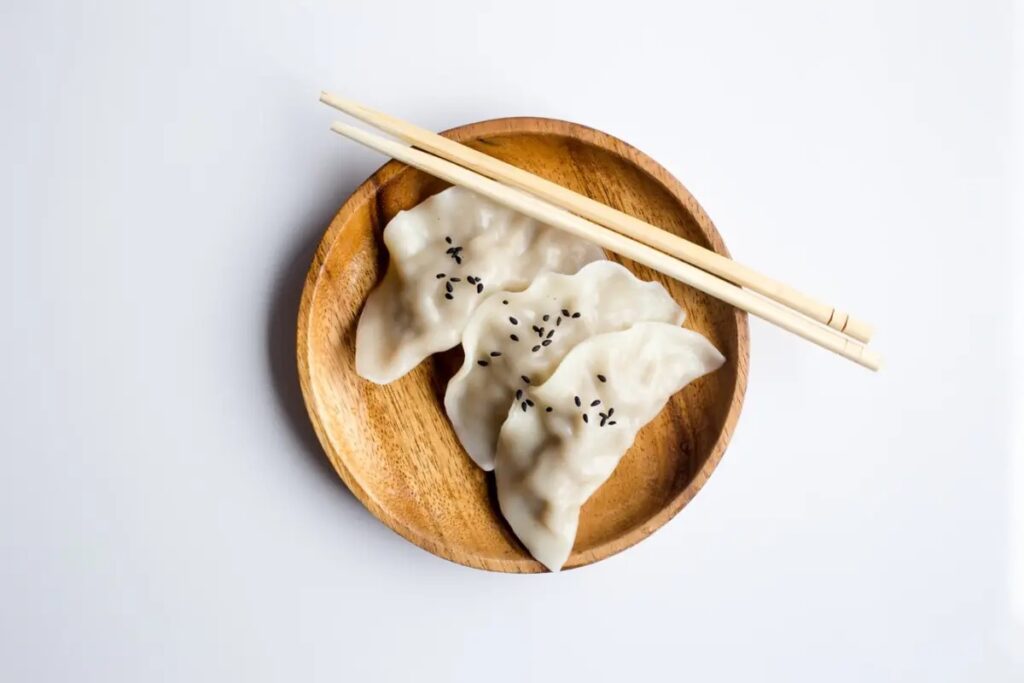
Chopsticks are one of the oldest utensils in common use, dating back more than 3,000 years to China. Initially, they were used as cooking tools to cut ingredients into small pieces and help save fuel. Only later, around AD 400, did people start using them to eat their meals. Using chopsticks is particularly useful for noodles; it’s much faster than eating with a fork or spoon! The idea of efficiency and speed has always been the main driving force behind the invention and use of chopsticks, an impressive feat that has endured for millennia.
The Birthplace of Noodles

Noodles are a staple food in China, with their origin dating back as far as 1504 during the Han Dynasty. This traditional dish has transcended generations, becoming an important part of Chinese culture and everyday life. It is most typically eaten in the country’s northern regions where it originates, offering a rich selection of flavors and textures depending on which ingredients are used to make the noodles. On special occasions like birthdays or New Year’s Day, Chinese people will often eat noodles to wish for longevity and good health for the year ahead.
Calligraphy is the Highest Form of Visual Art in China
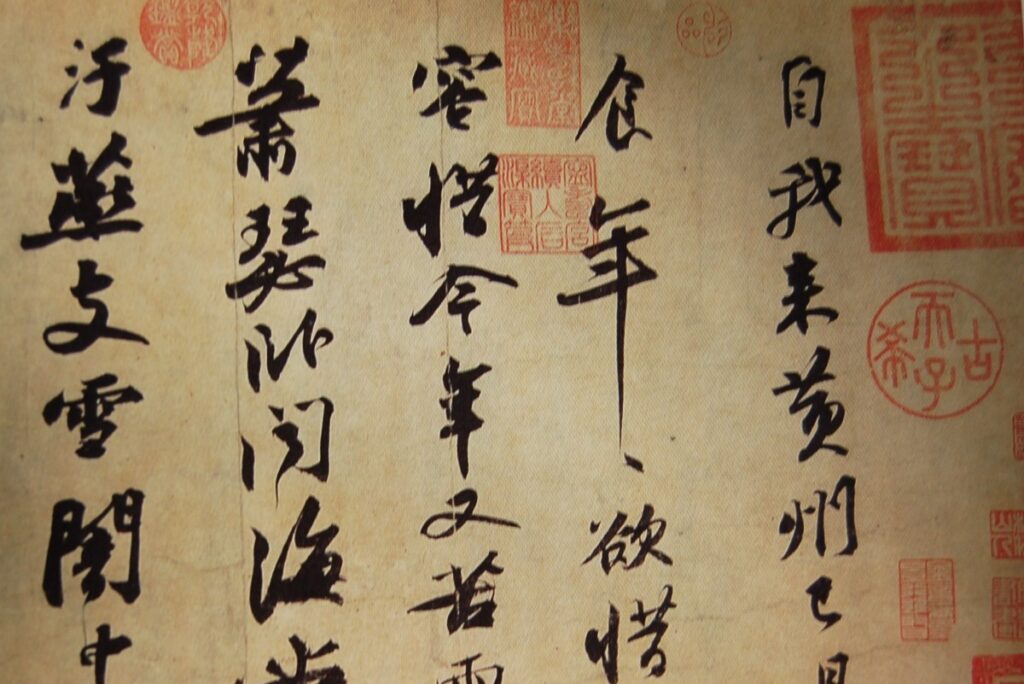
Calligraphy with brushes can be traced back to 221 BC during the Qin Dynasty when it became one of the Four Arts. For centuries to follow, calligraphy was an integral part of education. It was believed to improve character so much that men and women were expected to master this art. Fast-forward to modern times, millions still actively engage in calligraphy – from amateurs to professionals. If you find yourself in the streets of China, you may even stumble upon talented artists perfecting their strokes.
Acupuncture, an Important Component of Traditional Chinese Medicine

With a history stretching back thousands of years, acupuncture is truly an ancient Chinese medical practice. The earliest written evidence of acupuncture can be found in The Yellow Emperor’s Classic of Internal Medicine from 100 BCE. Acupuncture involves the insertion of very fine needles into certain body parts, known as acupuncture points. Acupuncture stimulates the flow of qi, the life-giving energy, throughout the body, which helps promote healing. In recent times, numerous studies have supported its efficacy for pain relief and other health benefits, such as treating certain illnesses or assisting with rehabilitation after surgery.
